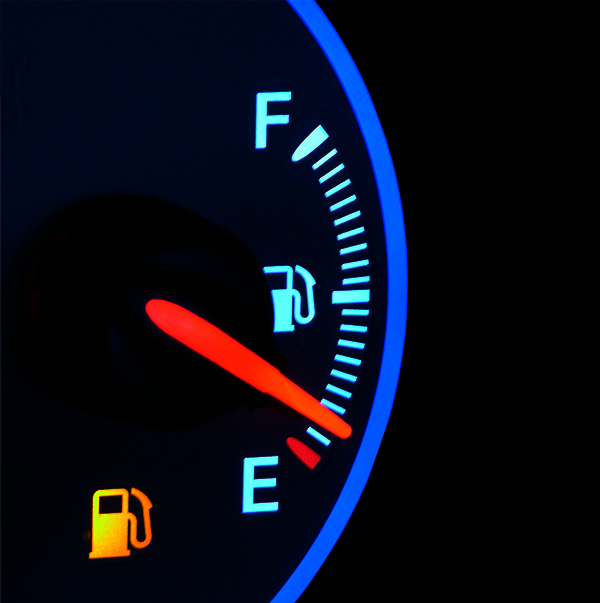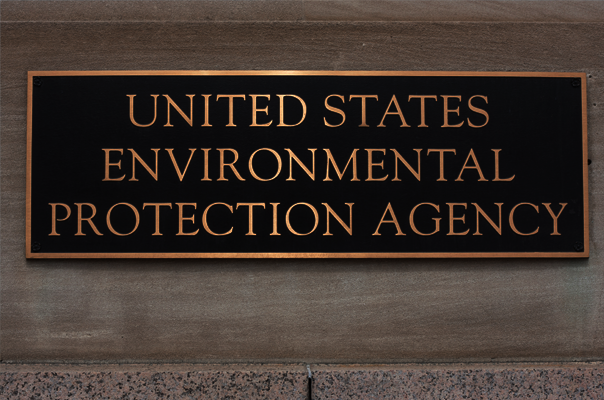CBO Reports Higher Gasoline Prices if RFS Target is not Lowered
Last week the Congressional Budget Office (CBO) produced a report on the feasibility of complying with the Renewable Fuel Standard (RFS), a federal mandate that requires minimum volumes of renewable fuels to be blended into transportation fuels. The original volume mandated by the Energy Independence and Security Act of 2007 (EISA) for 2014 is 18.15 billion gallons, which continues to increase annually.[i] However, after recognizing severe challenges in meeting the EISA target, primarily due to the lack of supply of cellulosic biofuels and the blend wall,[1] the EPA is proposing to lower the EISA 2014 mandate by 3 billion gallons to 15.21 billion gallons[ii].
CBO’s study evaluates both the extent to which an increase in the supply of renewable fuels would be necessary to comply with RFS standards and also how food prices, fuel prices, and emissions would vary in 2017 based on compliance with the original EISA mandates compared to EPA’s lowered targets. The report suggests that the most probable outcome is the success of EPA’s proposed lowering of the 2014 RFS target.[iii] CBO concludes that lobbying efforts by biofuel producers to increase the EPA’s lowered 2014 target are impractical and will cause a severe increase in gas prices, and that the EPA will likely continue to keep in place lower mandates than what were required under the 2007 EISA.[iv]
In defending the EPA’s lowered targets against the mandated EISA targets, CBO’s study found that if EISA targets are not lowered, the price of petroleum-based diesel would rise by between 30 cents and 51 cents per gallon (9-14 percent increase), and the price of E10 fuel (most of the gasoline in the country is now E10) would increase by between 13 cents and 26 cents per gallon (4-9 percent increase) by 2017. The only fuel that would experience a decrease in price is E85, Flex Fuel, which would decline by between 91 cents and $1.27 per gallon. However, not only is E85 limited to Flex Fuel vehicles, but currently fewer than 2 percent of filling stations in the United States sell E85.[v]
Additionally, CBO applauds EPA’s efforts to lower the 2014 RFS target by 3 billion gallons due to the 6% average increase in corn prices that would otherwise occur by 2017 if adhering to EISA volume requirements. The report expects that the lowered 2014 target is set at roughly the same volume by which fuel suppliers would demand corn for ethanol even if they were not required to meet RFS standards. Therefore, while upward pressure is put on price of corn due to the demand for biofuel, CBO suggests that such pressure would occur even without the RFS.[vi] If fuel suppliers find it more cost effective to continue using corn ethanol to produce E10 even in the absence of the RFS, questions should be raised as to the effectiveness or necessity of the RFS, which is mandating the same demand levels that would otherwise be present in market conditions.
According to the CBO it is imperative that the RFS is either completely repealed or adjusted using EPA’s 2014 target of 15.21 billion gallons. Not lowering the RFS targets would greatly increase the price of transportation fuels, and would force fuel refiners to exceed the 10 percent blend level, an unsafe level for older vehicles. In addition, recent research suggests that greenhouse gas emissions from the use of renewable fuels is no different, and may be even worse, than emissions from gasoline.[vii] While the federal government can be expected to support EPA’s lowering of the 2014 RFS targets, CBO also states that repealing the RFS should be a considered scenario, which is one that should be more seriously considered if the market will produce the same use of ethanol that is required under the RFS ethanol mandate, rendering the legislation unnecessary.
IER Summer Associate Sarah Pearce authored this post.
[1] Currently, most gasoline sold in the U.S. is a blend that includes up to 10 percent ethanol (E10), referred to as the “blend wall” because it is the maximum concentration of ethanol in gasoline that is feasible to avoid damage to the fuel systems of older vehicles.
[i] Environmental Protection Agency, Federal Register Vol. 78, No. 230, November 29, 2013, http://www.gpo.gov/fdsys/pkg/FR-2013-11-29/pdf/2013-28155.pdf.
[ii] Ibid
[iii] Congressional Budget Office, The Renewable Fuel Standard: Issues for 2014 and Beyond, June 2014, http://www.cbo.gov/sites/default/files/cbofiles/attachments/45477-Biofuels2.pdf.
[iv] Edward Felker, CBO: Lower ethanol use likely for years to come, Energy Guardian, June 27, 2014, http://energyguardian.net/cbo-lower-ethanol-use-likely-years-come.
[v] Congressional Budget Office, The Renewable Fuel Standard: Issues for 2014 and Beyond, June 26, 2014, http://www.cbo.gov/publication/45477.
[vi] Ibid
[vii] Environmental Working Group, Ethanol’s Broken Promise, May 29, 2014, http://static.ewg.org/reports/2014/ethanol_broken_promise/pdf/ethanol_broken_promise_ewg_2014.pdf.




